Savoy cabbage and its cultivation
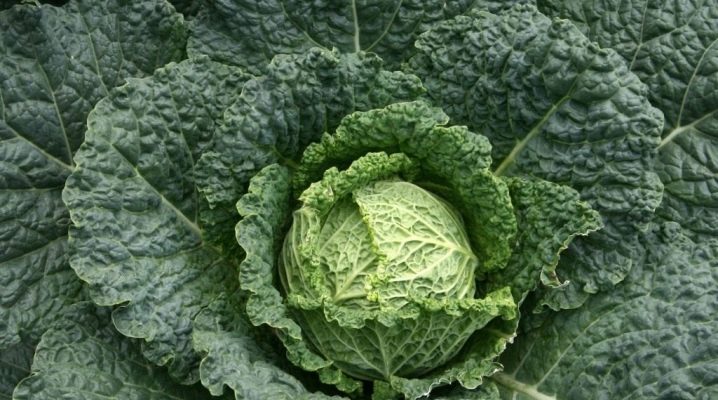
Savoy cabbage is not very common among domestic gardeners due to the erroneous opinion that the culture requires special growing conditions, and it is difficult to care for it. However, the interest in new products and the fashion for healthy nutrition are contributing to the growing popularity of this vegetable.
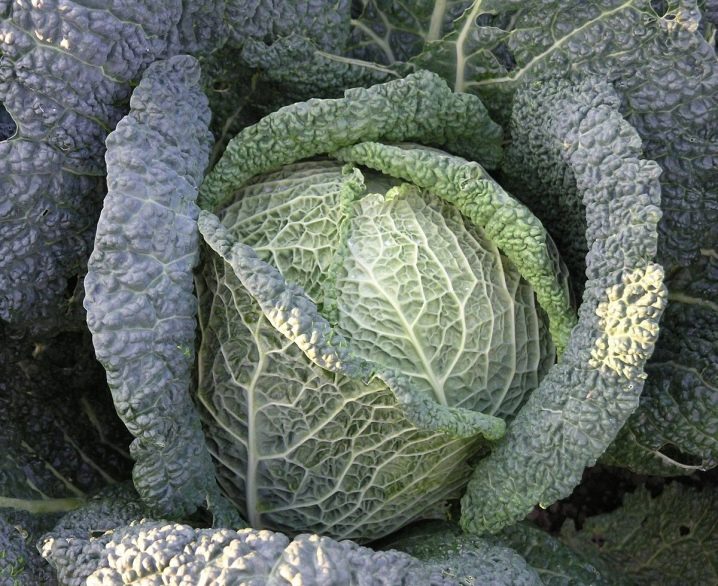
Origin story
In the wild, Savoy cabbage grows mainly in North Africa, but the usual domestic variety was bred in the Mediterranean. The culture got its name in honor of the Italian principality of Savoy, where it began to be grown in the 17th century. At first, the vegetable was intended only for the poor, but over time, representatives of the top also tasted its pleasant taste. Savoy cabbage was known by other names in the 18th century. So, they called it "Lombard", "Milanese" and simply "Italian". The inhabitants of Poland and the Czech Republic still call it "French", because Savoy was conquered by Napoleon in the 19th century and thanks to this it became part of France.
Finally, you can find a culture under the names "lace" or "lace maker" - this is typical for the inhabitants of Eastern Europe.

Description
Savoy cabbage is a biennial member of the cruciferous or cabbage family. The vegetable looks similar to white cabbage, but still with some significant differences. Leafy varieties are to be cultivated, but cone-shaped, rounded or slightly flattened heads of cabbage on strong stems can also be grown. By the way, in the first year of growth, a short stump forms in the vegetable, on which a loose head of cabbage is formed the next year. Savoy cabbage has thin corrugated plates without hard veins, the color of which ranges from pale green to rich emerald. The presence of a whitish coating is also possible.
Inside, on the cut, the leaves are painted in a light yellow or white shade. The mass of loose heads of cabbage ranges from 500 grams to 3 kilograms, and the later the forks are removed, the larger and heavier they are. The well-branched root system of Savoy cabbage is shallow. Carpal inflorescences are formed from yellow, rather large flowers. The fruit of a cabbage is a small pod filled with small balls-seeds of a yellow or brown hue.
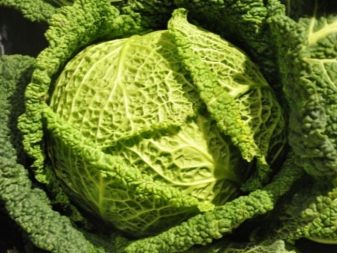
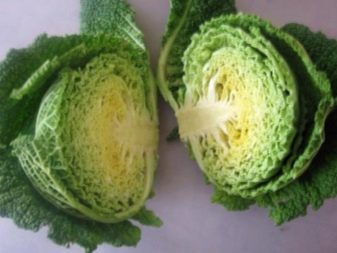
Savoy cabbage grows successfully even in low temperatures. Seedlings are able to survive cold snaps down to -4 degrees, and grown seedlings can withstand frosts down to -7 degrees. Adults survive even under the snow. The culture is rather unpretentious, and therefore it is able to develop on loam, peat and saline soil. Good immunity provides protection against the most common diseases and pest attacks.
It should be mentioned that the Savoyard variety differs from the white-headed variety in the appearance of the leaf blades: in the first they are smooth and white, and in the second they are dark green and curly. The denser and larger forks of white cabbage are much more difficult to disassemble, but they are stored much longer. The differences between varieties also include the general stability of the culture: Savoyard has the best immunity and the ability to adapt to the conditions of an unfavorable environment.
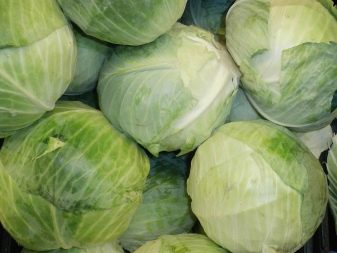
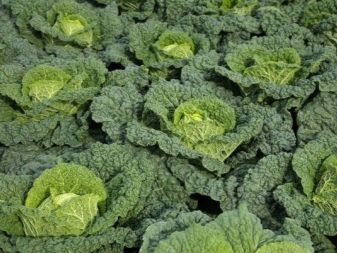
The best varieties
There are a large number of varieties suitable for cultivation in Russia.
Early ripe
Early varieties ripen in 105-120 days. For example, these include "Vienna early" with strongly corrugated leaves covered with a bluish bloom. Rounded heads of cabbage of dark green color reach a mass of 1 kg. Popular and "Golden early", the growing season of which is just over 3 months. The advantages of this variety are the possibility of long-term storage and the absence of cracks with constant precipitation.
Heads of cabbage varieties "Petrovna" outside they have a dark green color, and inside they are light yellow. This high-yielding variety produces heads of cabbage weighing about 1 kilogram. The earliest variety is considered "Moscow lacemaker ", the harvest of which is harvested already 3 months after sowing the seeds. The mass of slightly flattened heads of cabbage reaches 1.5 kg, and the delicate leaves bubble strongly.
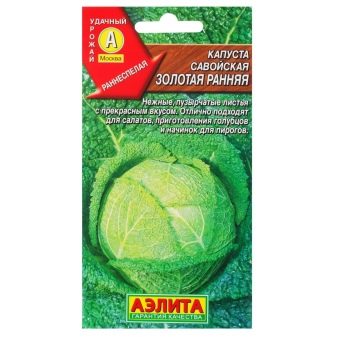
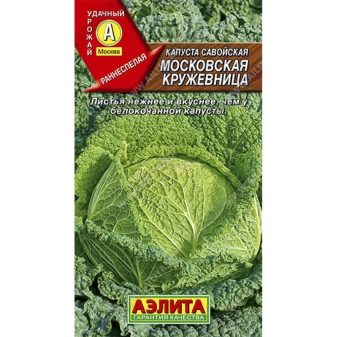
Mid-season
Mid-season varieties need 120-135 days to reach maturity. So, this is typical for a hybrid variety Melissa F1... The weight of the heads of cabbage is about 3, and sometimes about 4 kilograms. The dark green leaves are covered with a waxy coating, which makes them appear dull. They wrinkle a lot and contain a lot of air bubbles. Mention should also be made grade "Sphere", whose heads reach 2.5 kg. They are covered with dark green leaf blades, and inside are painted in a yellow tint.
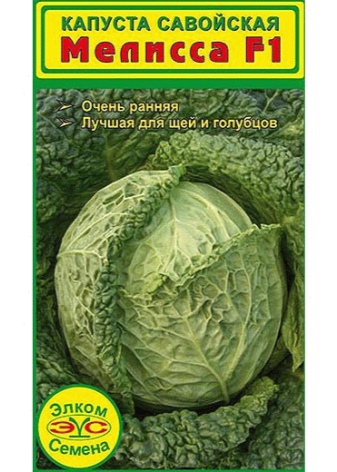
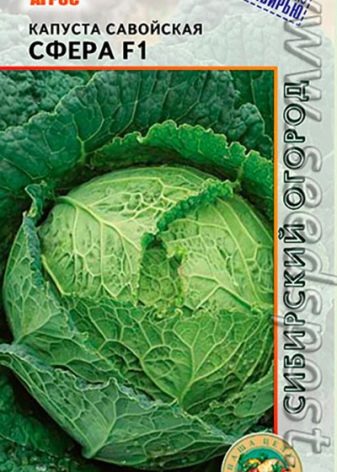
Late
Late varieties are characterized by ripening lasting more than 140 days.... For example, they include the variety "Uralochka" a round head of cabbage weighs about 2 kilograms. It is characterized by yellowish flesh and light green leaf blades with strong corrugation and lack of veins. Similar characteristics are observed in the variety "Alaska", but the wavy plates of this variety are covered with a waxy coating. Late varieties include "Nadya" with heads of cabbage weighing about 3 kilograms and tender leaves.
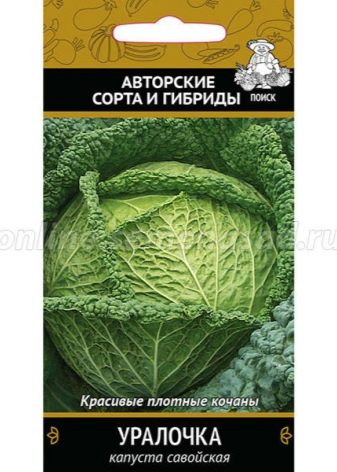

Landing
It is customary to grow Savoy cabbage through seedlings, although early varieties are not prohibited and immediately sown in open ground. It is best to cultivate seedlings in an unheated greenhouse. Sowing seeds on it is allowed already in March. The first step is calibration: by soaking in a saline solution, pop-up bad specimens are eliminated. The material must be disinfected for about 15-20 minutes in water heated to +50 degrees, and also soaked in a solution of biofungicides or potassium permanganate.
It is also recommended to harden the grains for about a day in the refrigerator. Store seeds do not require any preparation.
Both common boxes and individual cups or even peat pots are suitable as planting containers. They should be filled with a nutrient mixture, the acidity of which will not go beyond 6-7 pH. Alternatively, it can be humus, sod and lowland peat in a ratio of 2: 2: 6, or a mixture of sod, humus and sand in a ratio of 2: 1: 1. 2-3 seeds are placed in each pot, which deepen by 1-1.5 centimeters. In a common container, the seeds can be sown thickly. Sowing ends with good irrigation.

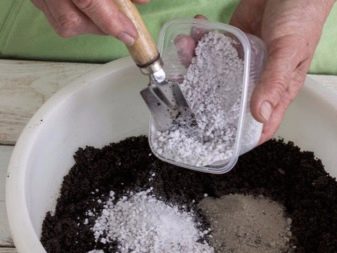
Before sprouting, Savoy cabbage stays at +20 degrees. Then for a week the temperature drops to + 8 ... 10 degrees, and the illumination is kept as high as possible. Further, the temperature rises to + 15 ... 18 degrees during the day and +10 degrees at night. In the morning, the seedlings are irrigated moderately. It will have to be fed 2 times for the entire time. A pick is carried out 2 weeks after the emergence of seedlings, when each seedling will have only 1 true leaf and several cotyledons.
Planting in open ground is organized when the Savoy cabbage has 5-6 true leaves, a well-developed root system, and the height of the bush reaches 15 centimeters.
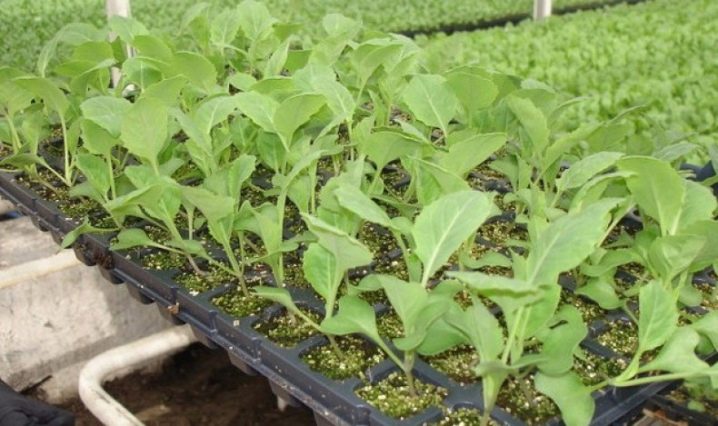
The best soil for culture is loam with neutral acidity. Strong acidity must first be neutralized by adding lime or dolomite flour.The best precursors to vegetables are potatoes, cucumbers and legumes. Do not plant Savoy cabbage where other varieties of cabbage, radishes, beets and tomatoes used to live. The preparation of the beds begins the previous fall by applying fertilizers: 2 buckets of manure or compost, 2 liters of wood ash and 40-50 grams of superphosphate per square meter. At the same time, all plant residues are removed from the site, and it is dug onto a shovel bayonet.
Early maturing varieties are placed according to the 35x40 centimeters scheme, and a gap of 60 centimeters is maintained between the rest of the varieties. An additional 2 tablespoons of superphosphate, 1 teaspoon of urea and a couple of glasses of wood ash are added to each well. The seedlings are buried in the soil up to the cotyledonous leaves, covered with earth, compacted, mulched and protected from the sun for the first days.
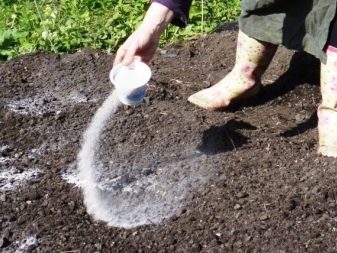
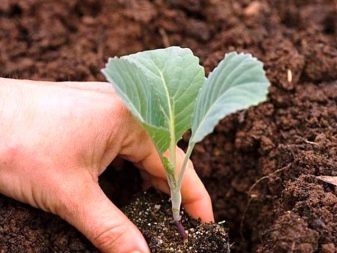
Growing care
Growing Savoy cabbage outdoors is quite simple. Watering should be regular but moderate. It is important that the soil is always moist, without stagnation. It is better to focus on the condition of the soil and irrigate it as it dries. As a rule, in the first two weeks, watering is organized every other day, and then once a week. Vegetables also require weeding, loosening 8 centimeters deep after each moistening, hilling and mulching.
The first top dressing is applied at the stage of active formation of the root system. For this purpose, 30-40 grams of superphosphate, 20 grams of potash fertilizers and the same amount of urea, diluted in a bucket of water, are used. A couple of weeks later, feeding is carried out with the same composition, but taking into account an increase in concentration by 50%.
It is also possible to add mullein infusion after the first hilling.
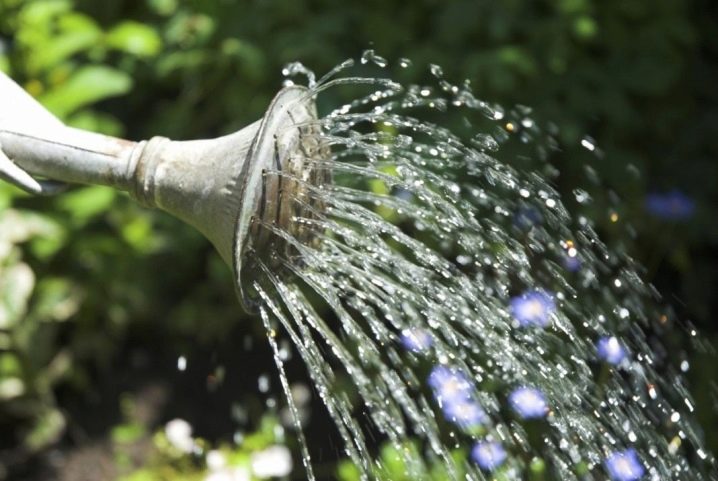
Diseases and pests
Savoy cabbage's good immunity provides it with protection against most pests, but as a prophylaxis against cruciferous flea beetles, you can dust the heads of cabbage with wood ash, chalk flour or colloidal sulfur. You can also spray the beds with an ash solution and tobacco infusion with the addition of soap shavings. Prevention of the development of diseases is the observance of the rules of crop rotation, proper watering, weeding and loosening of the soil.
In the early stages, fungal diseases are cured by removing the damaged parts and treating the culture with Bordeaux mixture or Fundazol.
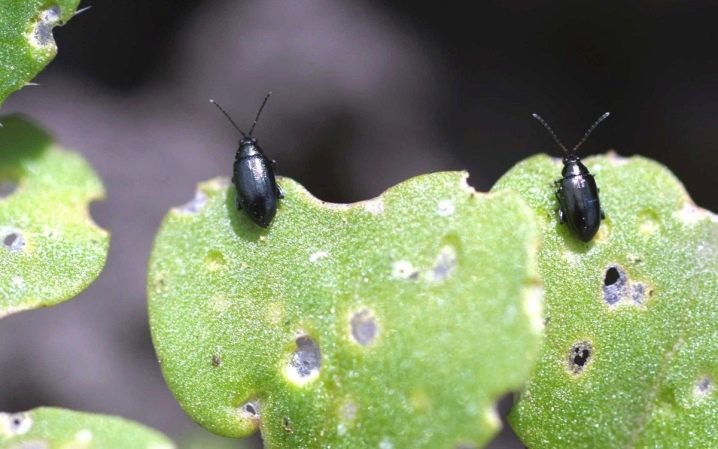
Harvesting and storage
The first portion of early ripe Savoy cabbage ripens by mid-summer, but it is not suitable for long-term storage... Only late-ripening varieties can be saved for the winter. Heads of cabbage weighing more than 500 grams are used for this purpose, which are cut along with several covering leaves. Harvesting is organized on a dry and cold day, a couple of days before which irrigation must stop. For storage, heads of cabbage are stacked sprinkled with crushed chalk and with a shortened stump. They should be placed on dry shelves with the cut up.
The room should maintain a temperature of -3 to +3 degrees, as well as an air humidity of 90-95%.
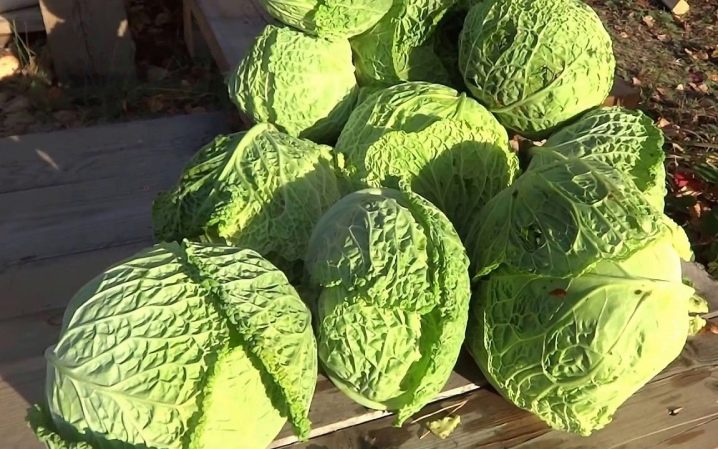













The comment was sent successfully.